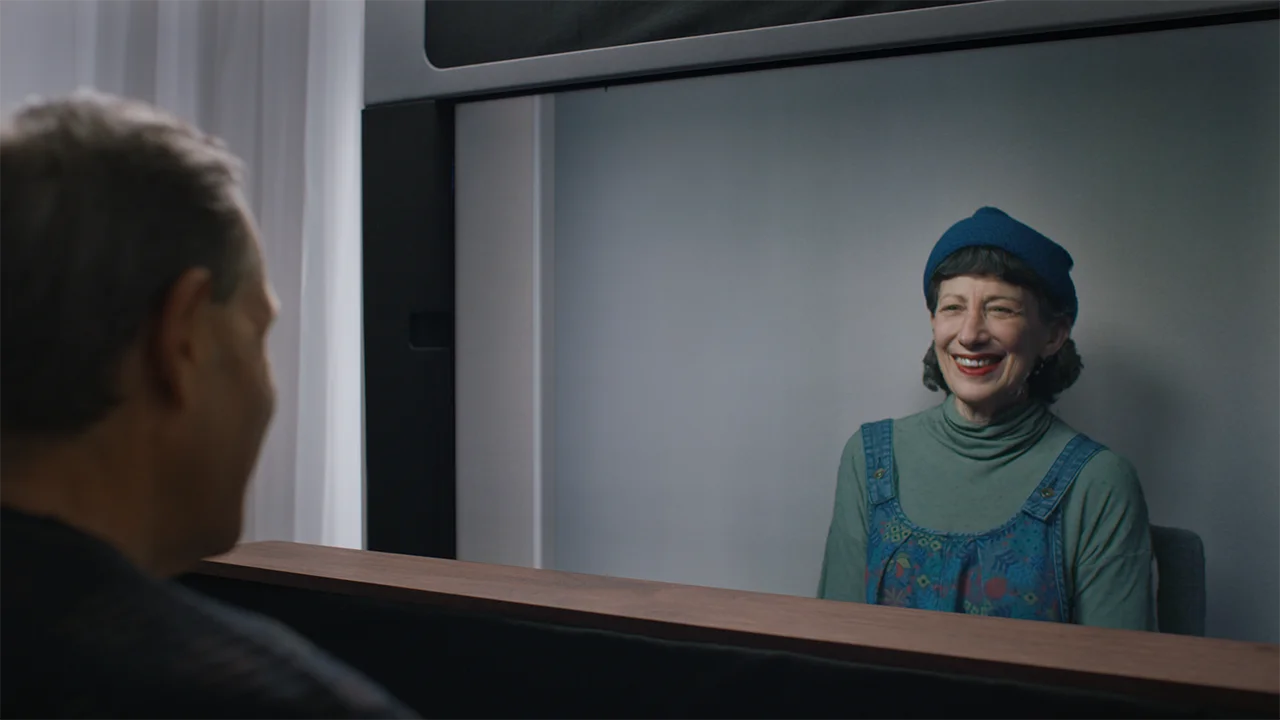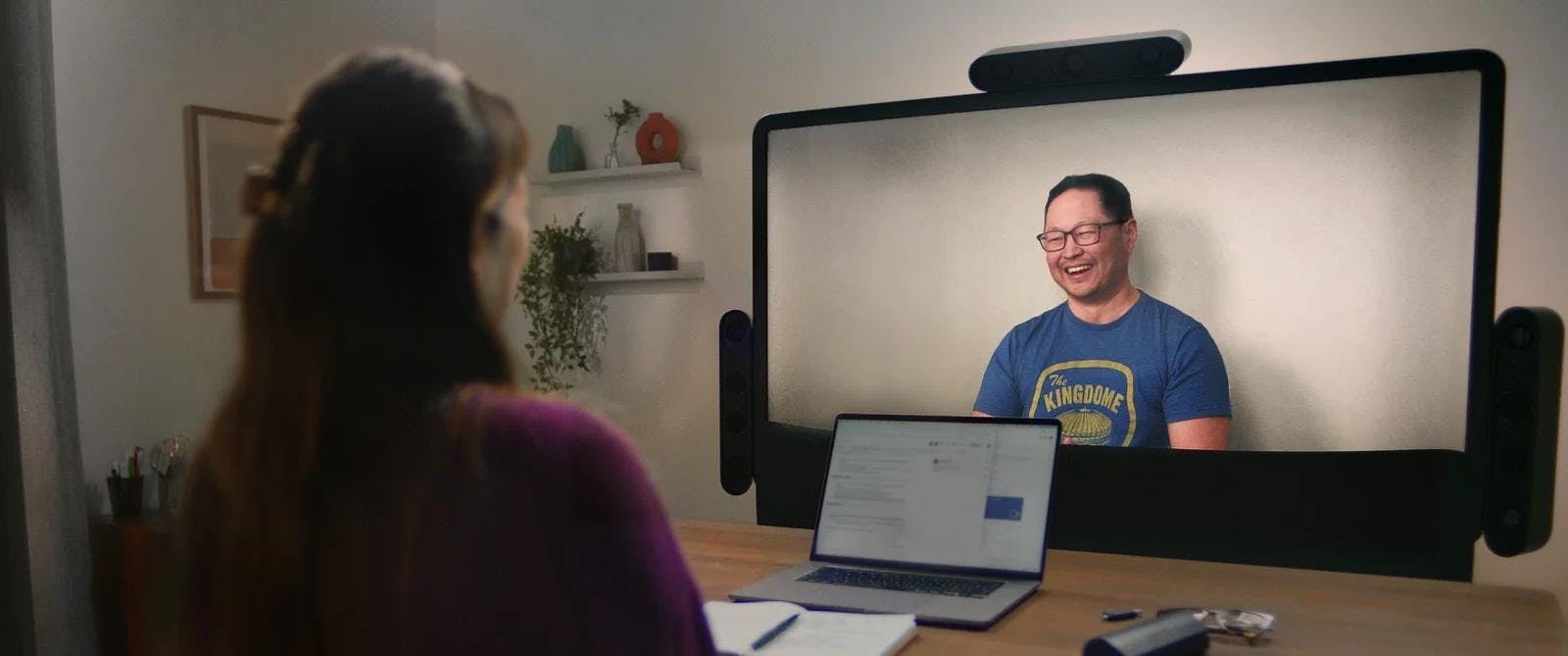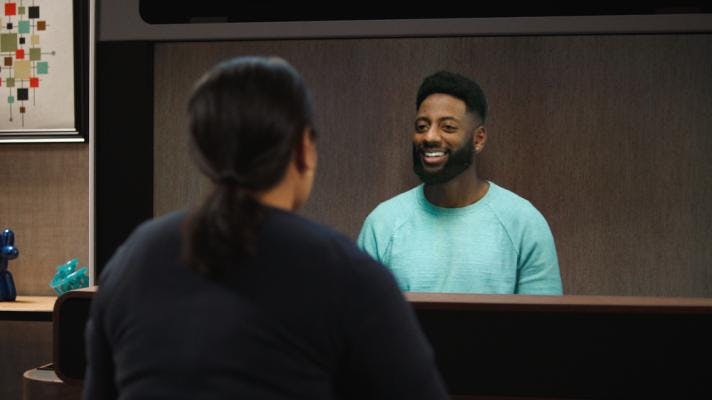In the ever-evolving landscape of technology, Google continues to push boundaries with its impressive projects. One such project, known as Google Starline, aims to revolutionize video calling and redefine the way we connect with others. In this blog, we'll delve into the intricacies of Starline, its incredible capabilities, and its potential impact on communication.
The Immersive Experience
Google Starline introduces a new dimension to video calling by creating a super immersive 3D environment. Unlike traditional video calls, where participants appear as flat images on a screen, Starline aims to make it feel like you are physically present with the person on the other end. Through a combination of advanced technology and powerful computing, Starline creates a highly realistic version of the person, making it seem as if they are right in front of you.

The Technology Behind Starline
The Starline setup consists of a 65-inch display on a stand, equipped with an array of cameras, microphones, and speakers. Unlike the earlier versions, which required large room setups, this new iteration is more compact and refined. The cameras capture the person's movements and create a depth map using artificial intelligence. The display, coupled with real-time rendering and head tracking, generates a stunningly immersive 3D effect, providing a sense of depth and realism.

The Realism Factor: Google Starline's ability to create lifelike 3D models of individuals is truly remarkable. The rendering process takes into account lighting, textures, clothing, and even subtle facial expressions. The eye contact between participants is incredibly realistic, as they are looking directly into each other's eyes. Although cameras cannot replicate the exact depth perception experienced by human eyes, Starline's technology comes remarkably close to providing a convincing sense of depth and immersion.
The Limitations and Future Potential
While Starline is a groundbreaking technology, it still has some limitations. Currently, the face tracking only works for one person at a time, making it challenging for multiple individuals to experience the realistic depth effect simultaneously. However, as the technology continues to evolve, these limitations are likely to be addressed, opening up new possibilities for group interactions.
The Question of Adoption
One significant aspect to consider is whether the general public will embrace such advanced technology for everyday use. While Starline offers an unparalleled level of quality and immersion, the masses often prioritize convenience over high fidelity. Standard video calling platforms like FaceTime and Zoom, despite their limitations, are widely accepted and considered sufficient for most people's needs. However, as Starline technology progresses and becomes more accessible, it may find its place in businesses, reducing the need for physical travel and enabling realistic remote interactions.
Conclusion
Google's Starline project represents a significant step forward in video communication technology. Its ability to create immersive, realistic 3D environments opens up new possibilities for remote interactions. While it may currently be more suited for business applications, the future holds promise for advancements that make it more accessible to the general public. As we continue to witness the evolution of this technology, it's undoubtedly an exciting time for communication and collaboration.
What are your thoughts on Google's Starline? Do you envision a future where immersive video calling becomes the norm? Let us know in the comments below!
(Note: This blog is based on a YouTube transcription and does not represent personal experiences or opinions.)
